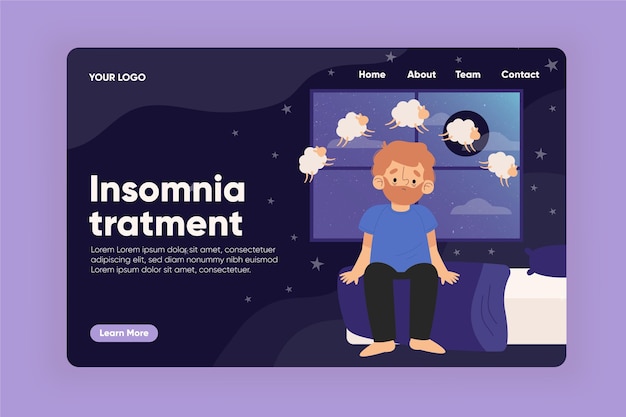
### Understanding Depression
Depression is more than just feeling sad or low; it can deeply impact how you think, feel, and behave. Psychologist Martin Seligman’s concept of “learned helplessness” suggests that depression often stems from a sense of hopelessness. It affects emotional, mental, and physical well-being.
It’s normal to feel down after a loss, life struggle, or when dealing with low self-esteem. However, when these feelings become overwhelming and interfere with your ability to live a healthy, functional life, they may cross the line into clinical depression, which requires treatment like therapy or medication. If left untreated, clinical depression can worsen over time, potentially leading to suicidal thoughts and causing immense pain for both the individual and their loved ones.
A big challenge in addressing depression is recognizing its symptoms, as many people never receive a diagnosis or treatment. Tragically, it’s estimated that 1 in 10 people struggling with depression die by suicide.
—
### Recognizing the Symptoms of Depression
Depression manifests differently for everyone, but common signs include:
– Difficulty concentrating, making decisions, or remembering details
– Low energy or persistent tiredness
– Unexplained aches and pains that don’t respond to treatment
– Digestive problems
– Sleeping too much or too little
– Irritability or restlessness
– Losing interest in activities you once enjoyed
– Changes in appetite, leading to weight gain or loss
– Persistent feelings of guilt, worthlessness, or helplessness
– Hopelessness or a pessimistic outlook
– Emotional emptiness or sadness
– Thoughts of self-harm or suicide
Suicidal tendencies are a significant risk tied to depression. Warning signs include sudden emotional calmness after a period of deep sadness, preoccupation with death, or making plans like writing a will or giving away possessions. If you or someone you know shows these signs, it’s crucial to reach out to a mental health professional or an emergency helpline immediately.
Occasionally feeling down is part of life, but when despair takes over and persists, it’s more than just a mood—it’s a serious concern that needs attention.
—
### Common Symptoms Explained
– **Feelings of hopelessness and helplessness:** A key sign of depression, where everything seems bleak or unmanageable without support and intervention.
– **Changes in appetite or weight:** Eating too much or too little and weight fluctuations (about 5% in a month) are often linked to emotional wellbeing.
– **Sleep issues:** Insomnia or excessive sleeping can disrupt daily functioning and worsen your mood.
– **Irritability or anger:** Constant frustration, agitation, or a short temper can make interactions and situations feel overwhelming.
– **Fatigue:** Even small tasks feel draining, and physical exhaustion can weigh heavily.
– **Risky behaviors:** Actions like reckless driving, substance abuse, or gambling may be attempts to deal with deep emotional pain.
– **Trouble concentrating:** Difficulty focusing or remembering small details is another hallmark of depression.
– **Physical pain:** Chronic headaches, back pain, or other bodily discomforts often accompany depression.
—
### How Depression Varies by Age and Gender
Depression doesn’t look the same in everyone. Men often exhibit it through fatigue, anger, or reckless actions. Women are more prone to feelings of guilt and hopelessness. Teens frequently show irritability or restlessness, while older adults may experience more physical symptoms like aches, rather than overt emotional distress.
—
### Types of Depression
Depression isn’t one-size-fits-all. It takes on different forms:
– **Major Depression:** This is a severe type of depression lasting about six months, though it may recur over time.
– **Atypical Depression:** A subtype of major depression characterized by temporary mood improvements after good news, alongside symptoms like weight gain, increased appetite, and oversleeping.
– **Dysthymia:** A milder, long-term form of depression with moderate but persistent symptoms.
– **Seasonal Affective Disorder (SAD):** Triggered by reduced daylight in fall and winter, this type affects 1-2% of the population, especially younger individuals and women.
—
### Risk Factors
Certain factors increase vulnerability to depression, such as isolation, lack of social support, stressful events, financial struggles, relationship problems, childhood trauma, substance abuse, unemployment, chronic pain, or health issues. Understanding these triggers can lead to better treatment plans.
—
### Treating and Managing Depression
If you’re feeling depressed, reaching out to trusted people can be a powerful first step. Isolation only makes it harder to cope.
1. **Exercise:** Physical activity releases endorphins that boost mood and self-esteem. Start small and gradually build up to more.
2. **Healthy Diet:** Focusing on nutrient-rich foods can make a difference. Avoid caffeine, alcohol, sugar, and processed foods, while incorporating high-fiber options and antioxidants.
3. **Therapy:** Talking to a therapist helps uncover and address unhealthy patterns. Cognitive Behavioral Therapy (CBT), for instance, works to adjust negative thought cycles, while interpersonal therapy aims to address mood-related issues.
4. **Medication:** Antidepressants, anti-anxiety drugs, and other medications can alleviate severe symptoms but should be used under a doctor’s supervision as part of a broader treatment plan.
5. **Alternative Therapies:** Options like herbal remedies (e.g., St. John’s Wort, chamomile), music therapy, art therapy, acupuncture, and acupressure may also provide relief.
Managing depression is an ongoing journey. It’s about more than quick fixes—it requires consistent effort and professional guidance to live a balanced, fulfilling life.
—
### Challenging Negative Thinking
Depression often amplifies negative, irrational thoughts. Common distortions include “all-or-nothing” thinking, overgeneralizing, focusing only on negatives, jumping to conclusions, or labeling yourself unfairly. Turning these thought patterns around can lead to healthier, more positive perspectives.
—
### Moving Toward Healing
Depression is a serious mental health condition, but with the right treatment, lifestyle adjustments, and support, it’s manageable. By seeking help, making positive changes, and working toward balance, you can build a brighter future beyond the grip of negativity.